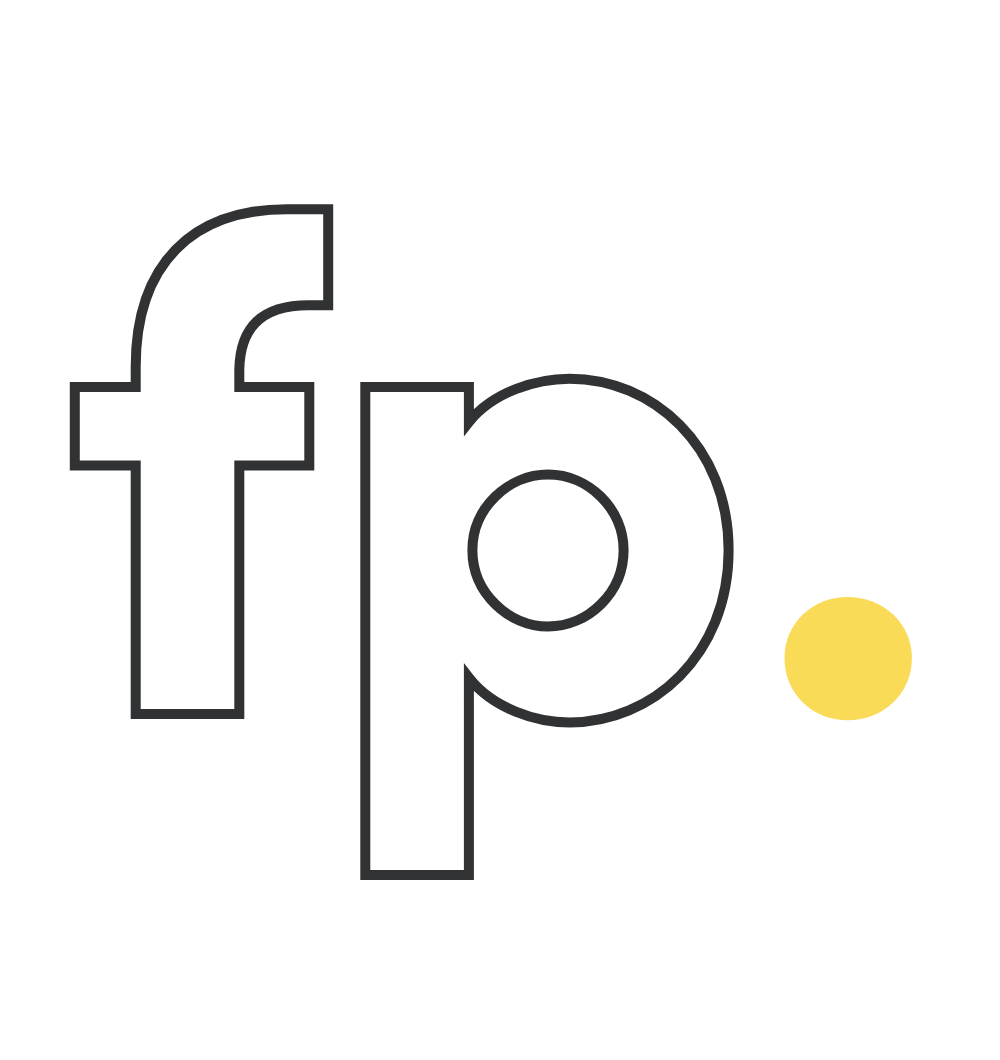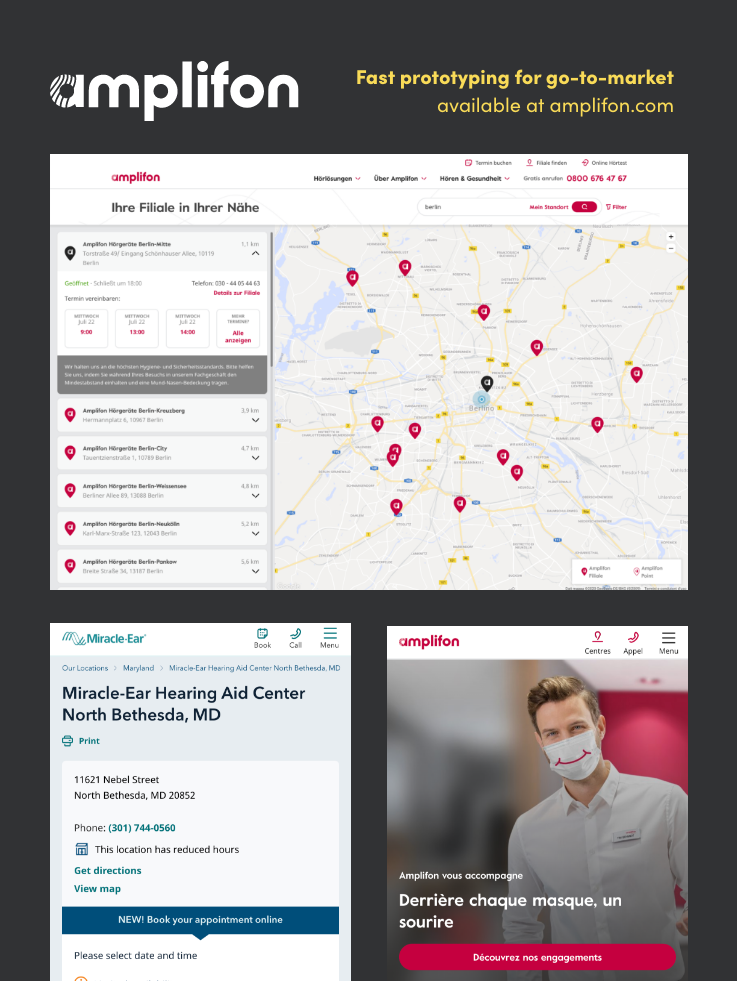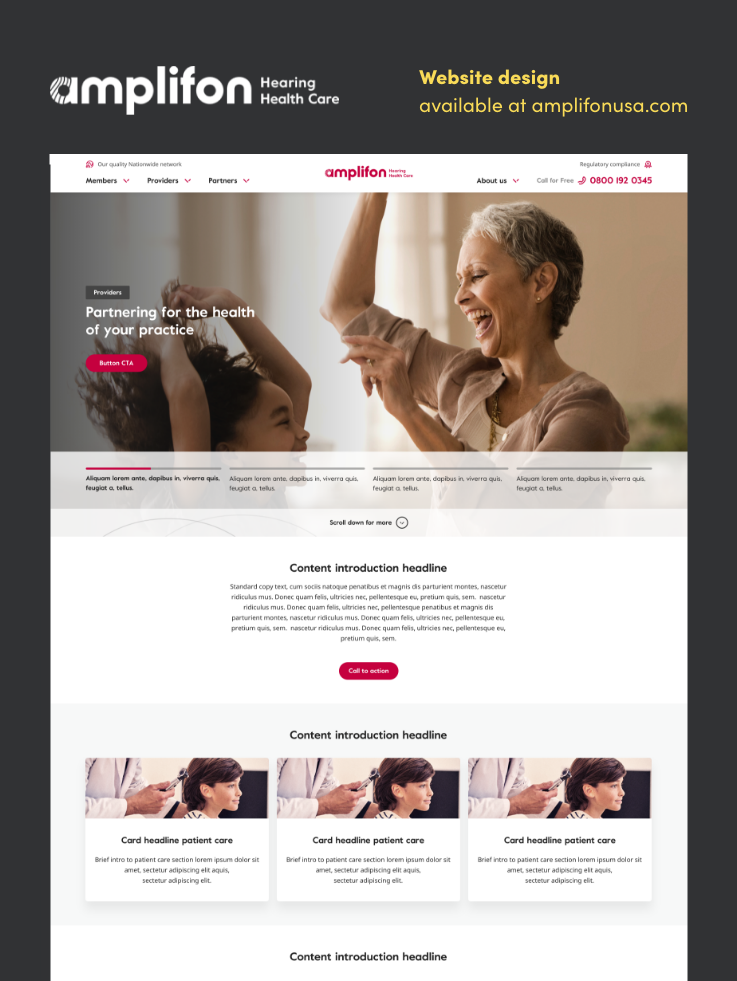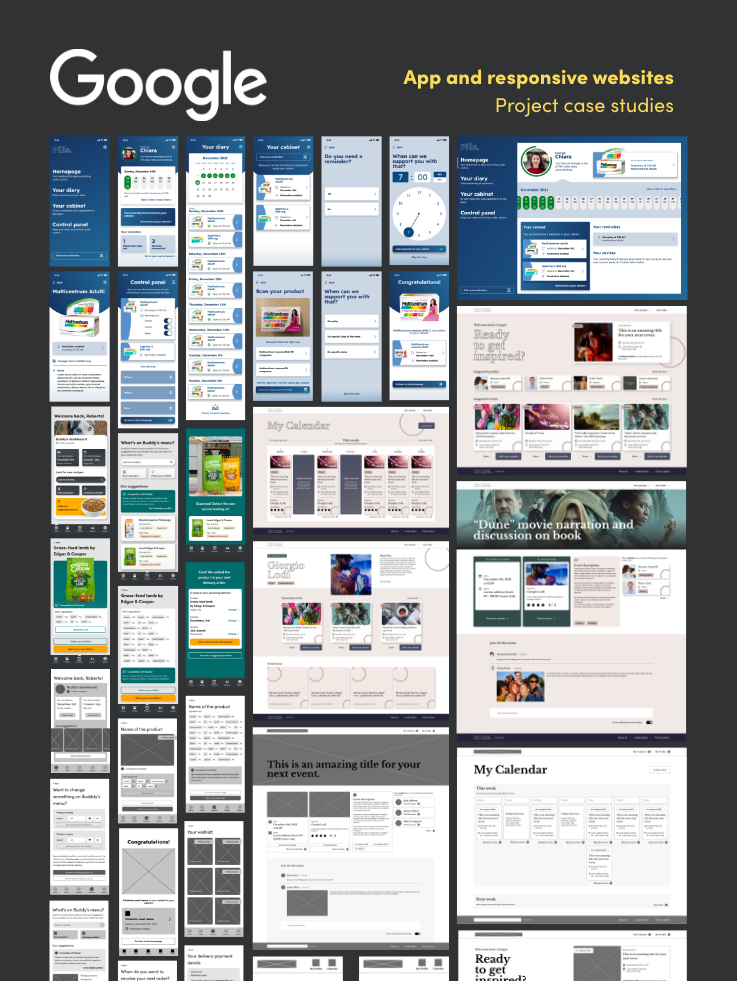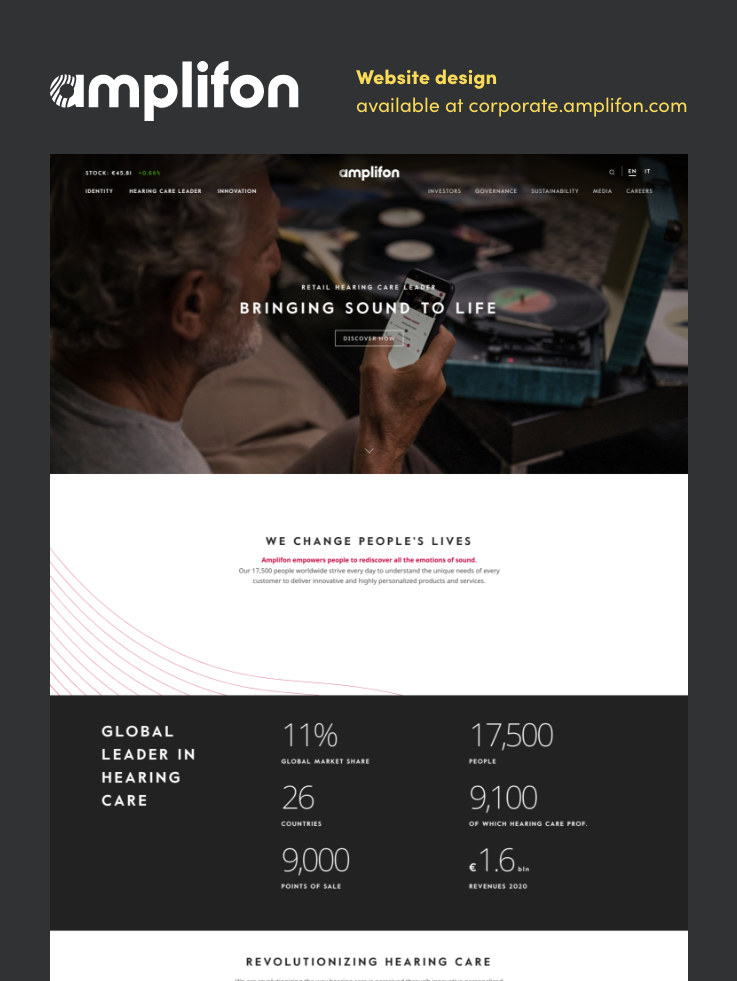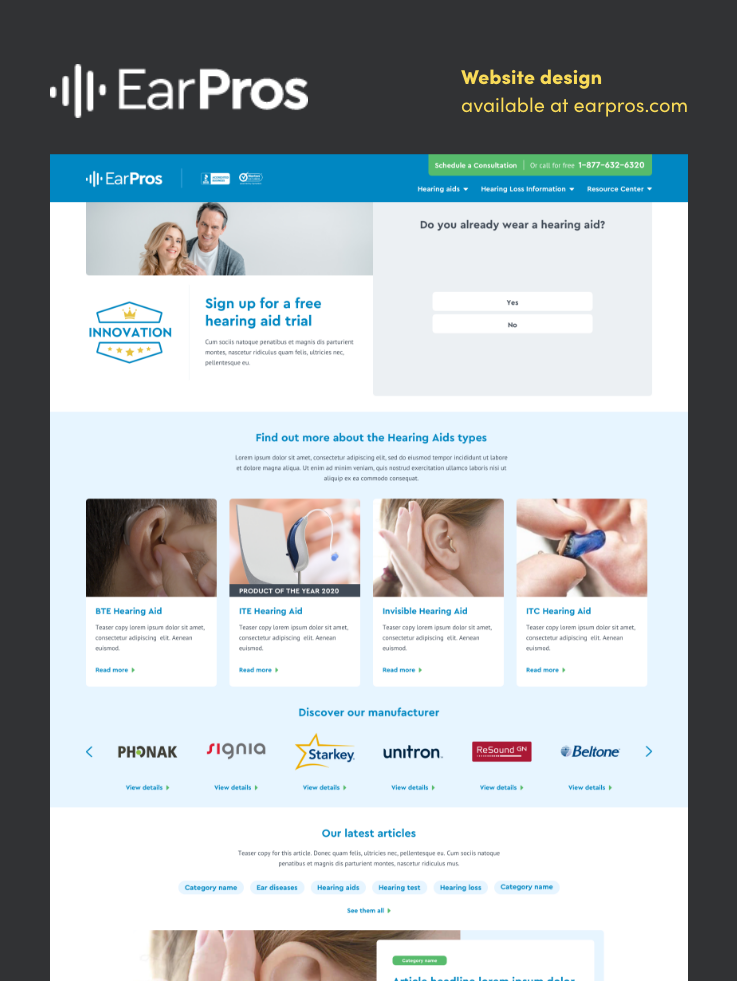The Product:
In 2018, we designed a complete Design System to be used across all our digital properties.
In 2018, we designed a complete Design System to be used across all our digital properties.
Project duration:
2 years (from research to first countries launch).
2 years (from research to first countries launch).
Role and responsibilities:
I worked at the project as Product Owner and Experience Specialist. Main responsibilities involved performing preliminary navigation analysis; supporting UX and UI design definition; responsible for agile ceremonies success; global information architecture definition; content creation and contribution process definition and roll-out.
I worked at the project as Product Owner and Experience Specialist. Main responsibilities involved performing preliminary navigation analysis; supporting UX and UI design definition; responsible for agile ceremonies success; global information architecture definition; content creation and contribution process definition and roll-out.
Challenge and goals
The challenge:
Finding a cohesive, valuable language to convey a consistent, global branded experience. On the other hand, allowing enough flexibility in design for different countries editorial and business strategies.
Finding a cohesive, valuable language to convey a consistent, global branded experience. On the other hand, allowing enough flexibility in design for different countries editorial and business strategies.
The goal:
Increase overall digital performances (CR), enhancing cross-countries improvements and learnings.
Increase overall digital performances (CR), enhancing cross-countries improvements and learnings.
Understanding the user
Primary research was conducted mainly conducting qualitative and quantitative surveys, followed by additional interviews. A global customer journey was identified for our personas, focusing on the emotional path of our users. Specific triggers were identified to trigger the next moment of truth, while enhancing the role of our experts in the field.
Design phase
We adopted a user-centred approach: specific navigation paths were identified for each stage of the journey, defining specific storytelling narratives for each moment of truth.
Yet, this needed to coexist with different countries and business models needs, then considering related peculiarities in terms of contents and users differentiations. This is why we decided to leverage on an Atomic Design Approach, both in terms of UX and UI. UX wise, wireframes follow the definition of atoms, molecules and organisms, into different levels of flexible combinations into templates. UI wise, we started from the Brand Foundations, declining them into a digital brand guideline. AA WCAG Accessibility standards were ensured by design for all components; we relied to AAA standards for copy-content oriented components.
While focusing on the final users of the products, we also wanted to focus on the editorial experience for our country managers. We defined a set of rules for the design of CMS dialogs as well, allowing easier hand-over and overall confidence utilising the tool. Training time needed decreased from 2 weeks (old CMS) to 1 full working day.
Delivery
We are now live with 18 country websites, plus additional 5 platforms for 4 different business units. Everyday, we keep improving this experience with A/B tests and personalisations, in a continuous improvement agile approach.
